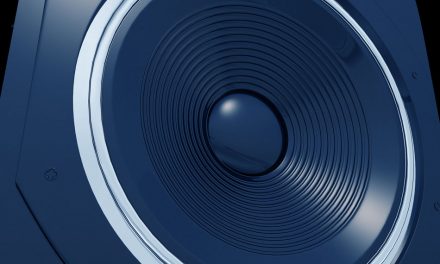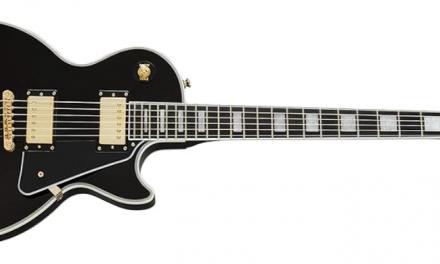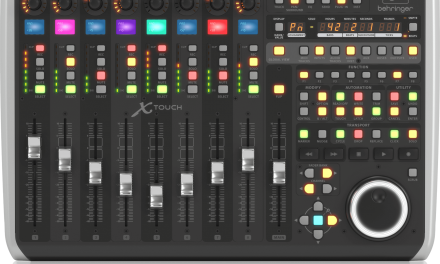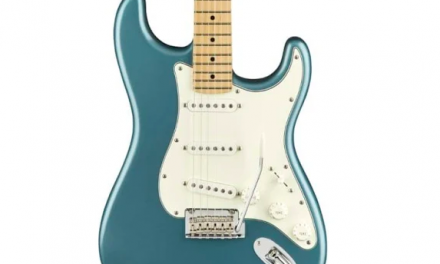Full disclosure – I was recently sent a Teyun Q-12 USB Audio Interface by the company, with no strings attached. I wasn’t asked to do a review, but after playing around with this device, I thought it would make a cool blog post and video. Yes, there’s a video on my YouTube channel for this.
My channel and my website are dedicated to getting professional sound on a budget, and this device certainly fits the bill. It’s designed for the amateur musician who just needs a way to get a microphone or a guitar recorded into a computer, and it does this task very well for a laughably low price of $25.
So what do you get for the price of lunch and a beer at Chili’s? You get two inputs and two outputs, plus a separate headphone output with a separate volume knob. Channel 1 can handle a 1/4 inch input, an XLR input from a microphone, or a 1/8 inch input for a lapel mic, and you have phantom power for channels 1 and 2.
Channel 2 can handle a quarter inch input or an XLR input, as well as the phantom power I just mentioned, PLUS you get a 10 db boost switch for your guitar if you want to use it.
Each channel can either be mono with equal volume sent to the left and right channels, or they can be panned hard left for channel 1 and hard right for channel 2.
The device is USB class compliant, so no drivers needed for Mac or Windows, and it even comes with a USB cable, which provides power and audio connectivity with your computer.
So what about quality? It provides 16 bit recording at a rate of 48 kHz. If you’re not familiar with audio nerd speak, this device has slightly better quality than an audio CD, so for most uses, it’s perfectly fine.
So how does this $25 box stack up against my $120 Scarlett 2i2 or my $500 Apollo Solo? I’m going to be blunt – it’s not as good. But how much difference there is will depend on what you’re putting into it. If you’re recording a regular microphone or a direct guitar, it’s good enough to use in a mix. But where it can’t keep up is when you record something very quiet, OR when you’re using a really low output microphone like this Shure SM7B here. This mic is notorious for needing a bunch of gain added. Adding gain on the Q-12 means adding some background noise. On the Scarlett 2i2 or the Apache Solo, you can record in 24 bit. What that means is that the noise floor is lower, so there’s less background noise.
But this isn’t a fair comparison. This device is flat out amazing for the cost, and it’s a cheap way to get started in recording, and if you don’t have much money, I think it’s a great purchase. Am I biased because I got one for free? Nope. I record with the Apollo Solo. This $25 interface isn’t really designed for me. It’s designed for people who really need to stretch their dollars. And to me, packing these features into a box for $25 is a magic trick.




